A Guide to Choosing the Best Relay for Your Needs
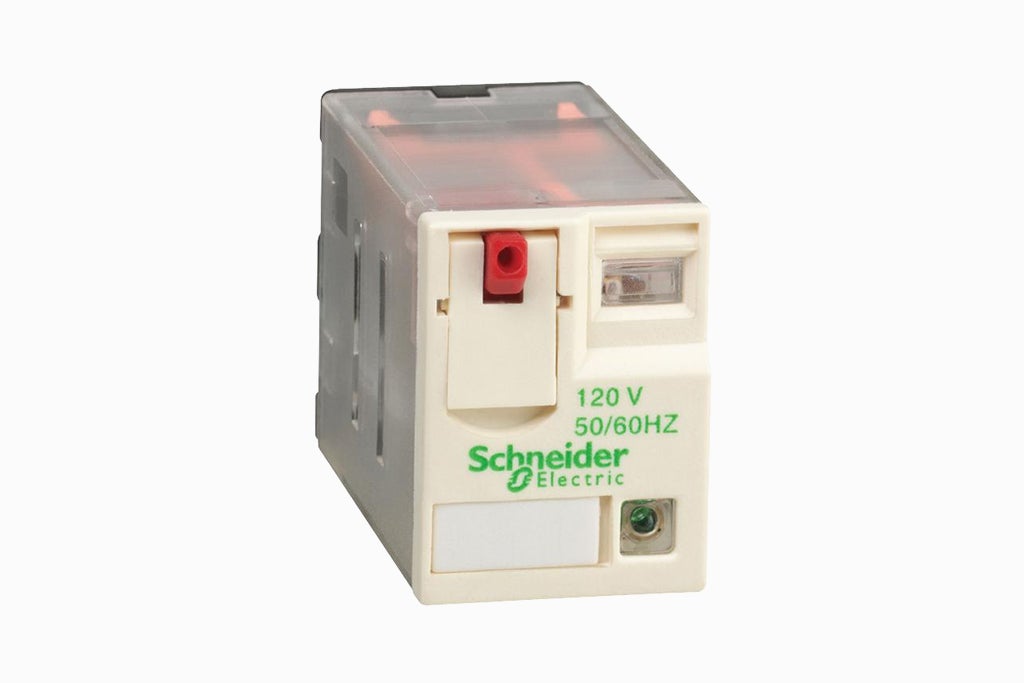
Choosing relays may be extremely confusing as they are available in several styles, forms, and technologies. Depending on what you intend to use it for, only one type of relay may be suited to your needs. Or in certain cases, you may require multiple relays as per your requirements
This guide will tell you all about the different relay types, their uses, as well as their advantages and disadvantages, so you may confidently choose the best control relay for the job at hand. Let us start by explaining what a relay is.
What Is A Relay And What Does It Do?
A relay is a switch that is electrically operated. The switch may have many contacts in several contact forms, like break contacts, make contacts, and so on. Relays are necessary when a circuit has to be controlled by a single low-power signal, or if many circuits have to be controlled by a signal.
What Are The Types Of Relays?
As mentioned before, you may have to browse through several options when looking for a relay. The most common types of relays available in the market are:
- Electromechanical Relay
- Reed Relay
- Solid State Relay (SSR)
- FET Switch
Let us delve into learning a little about these above-mentioned relays.
-
Electromechanical Relay
- Can support a variety of signals, from high voltage to low voltage, and also frequencies from DC to GHz
- Easy to find electromagnetic relays which have signals tuned to system requirements
- Relatively larger contacts enable them to better withstand unprecedented current surges
- Very flexible in terms of switching
- Larger contacts mean larger package sizes making them unsuited to be placed on switch modules
- Slower when compared to other relays
-
Reed Relay
- Switches about ten times faster than electromagnetic relays of similar rating
- Come with a very high working life
- Excellent for use in several switching applications
- Small contacts, so more easily damaged
- Not suited for very low-voltage applications
-
Solid State Relay (SSR)
- Higher switching lifetime than electromechanical or reed relays
- Very fast switching
- Very high contact resistance
- Not as robust as electromechanical relays— vulnerable to power surges
- If MOSFET is damaged, the relay becomes unusable
-
FET Switch
- Faster than electromechanical, reed, or SSR relay switches
- Very small as they have no mechanical parts
- High switching lifetime
- More cost-effective
- Can only be used with low voltage signals as they don’t have a physical isolation barrier
- Very high path resistance
Electromechanical relay switches consist of electrical contacts, a coil, and an armature. When electric power flows through the coil, a magnetic field is created which moves the armature and the contacts open or close. These relays are best used in situations that require galvanic isolation.
Pros
Cons
Like an electromechanical relay, a reed relay has contacts that require mechanical actuation to open or close a path. However, these contacts are much smaller than those used in electromechanical relays. Reed switches consist of two overlying ferromagnetic blades called reeds inside a sealed glass tube filled with inert gas to protect them against corrosion. The two reeds are pulled together when the coil is energized, which enables their contacts to complete a path through the relay. The contacts are pulled apart when the coil is de-energized.
Pros
Cons
An SSR is made using a photo-sensitive MOSFET device with an LED. They have no mechanical parts. The connection in an SSR is established via a transistor, unlike electromagnetic or reed relays where some form of physical metal is used. They are good options for high-voltage applications.
Pros
Cons
A FET switch is also not a mechanical device. It uses a range of CMOS transistors to enable switching. Unlike SSRs, FET switches do not require an LED. When the transistor gate is directly driven, it enables very fast switching speeds because it is not hindered by the power on or off time of the LED. These are best for low-voltage applications which require higher speed.
Pros
Cons
Common Relays at a Glance
- Electromechanical relay switches are optimum all-around solutions, but they are limited by large package size, low mechanical lifetime, and switching speed
- Reed relays offer smaller package sizes and more speed but may be harmed by large current surges
- SSRs do not have the disadvantages of mechanical relays but lack full isolation between contacts and are limited by higher path resistances
- FET switches are great as faster and cost-effective solutions but can only work with low voltages
Purchase The Best Relay From The Schneider Electric Eshop
Now that you know all about the different relay types, remember that you have to double-check all system parameters before settling on a relay. If you need to know more about relays visit the Schneider Electric website where you can check out their range of relays with specifications. Schneider Electric is one of the leading brands in India for relays and offers high-quality, durable, and authentic products. If you need more information, have queries, or require expert help, you can contact their customer service for assistance and guidance.

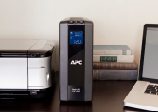
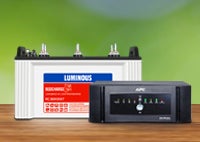






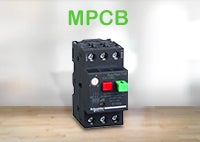
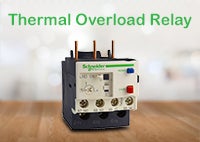
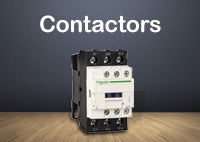
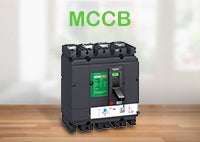
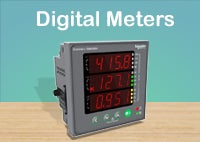
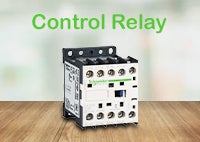
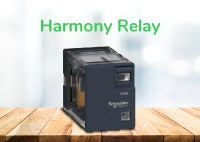


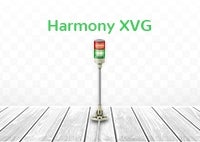
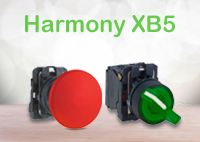
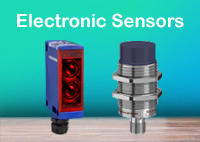
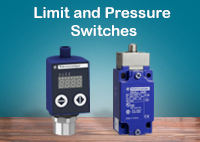
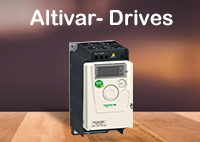

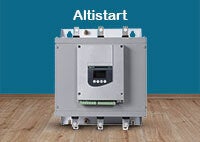


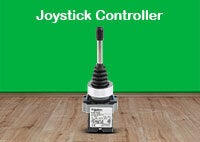
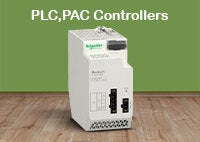
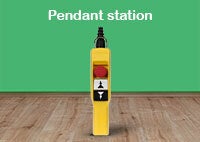




Comments